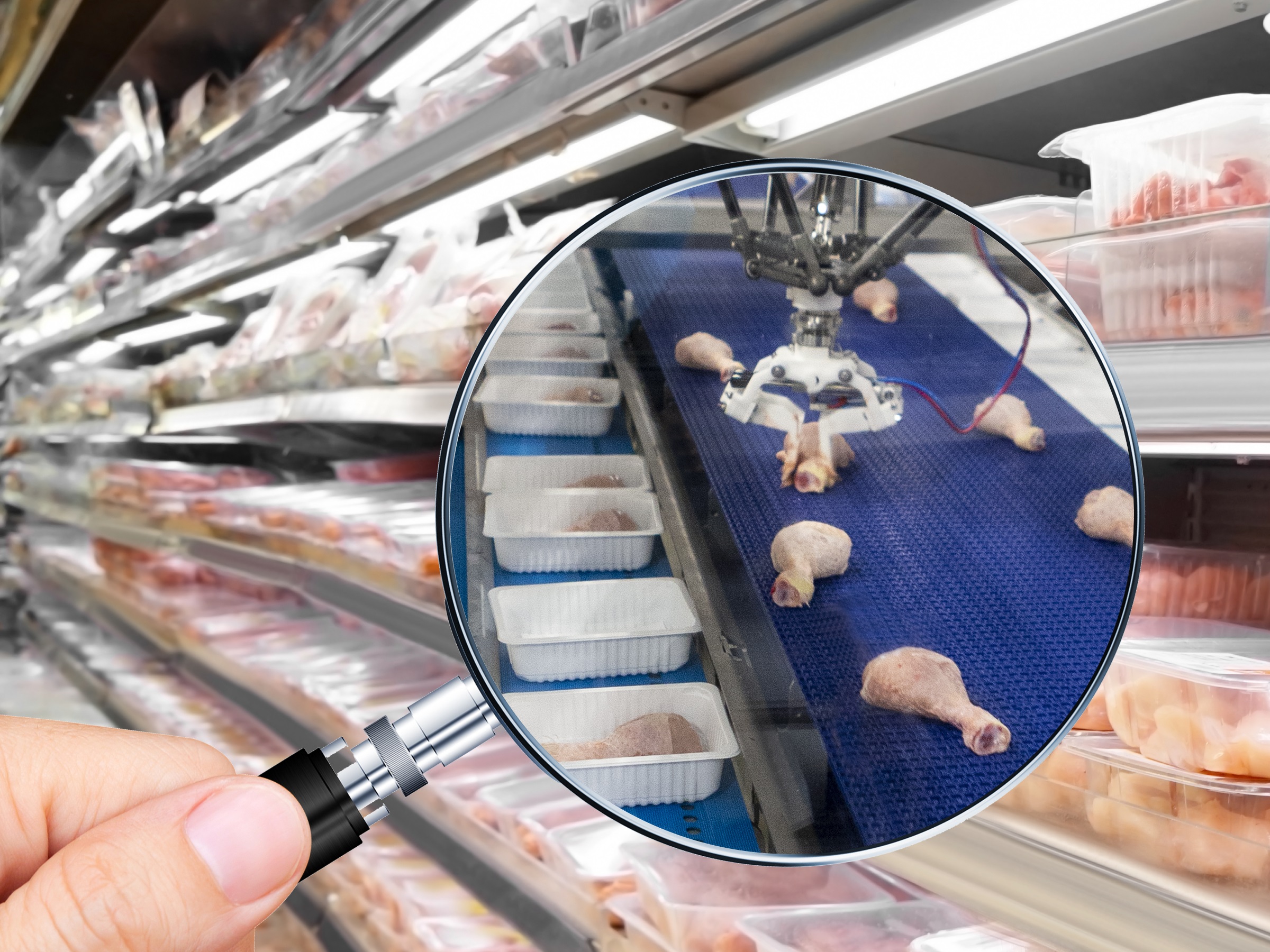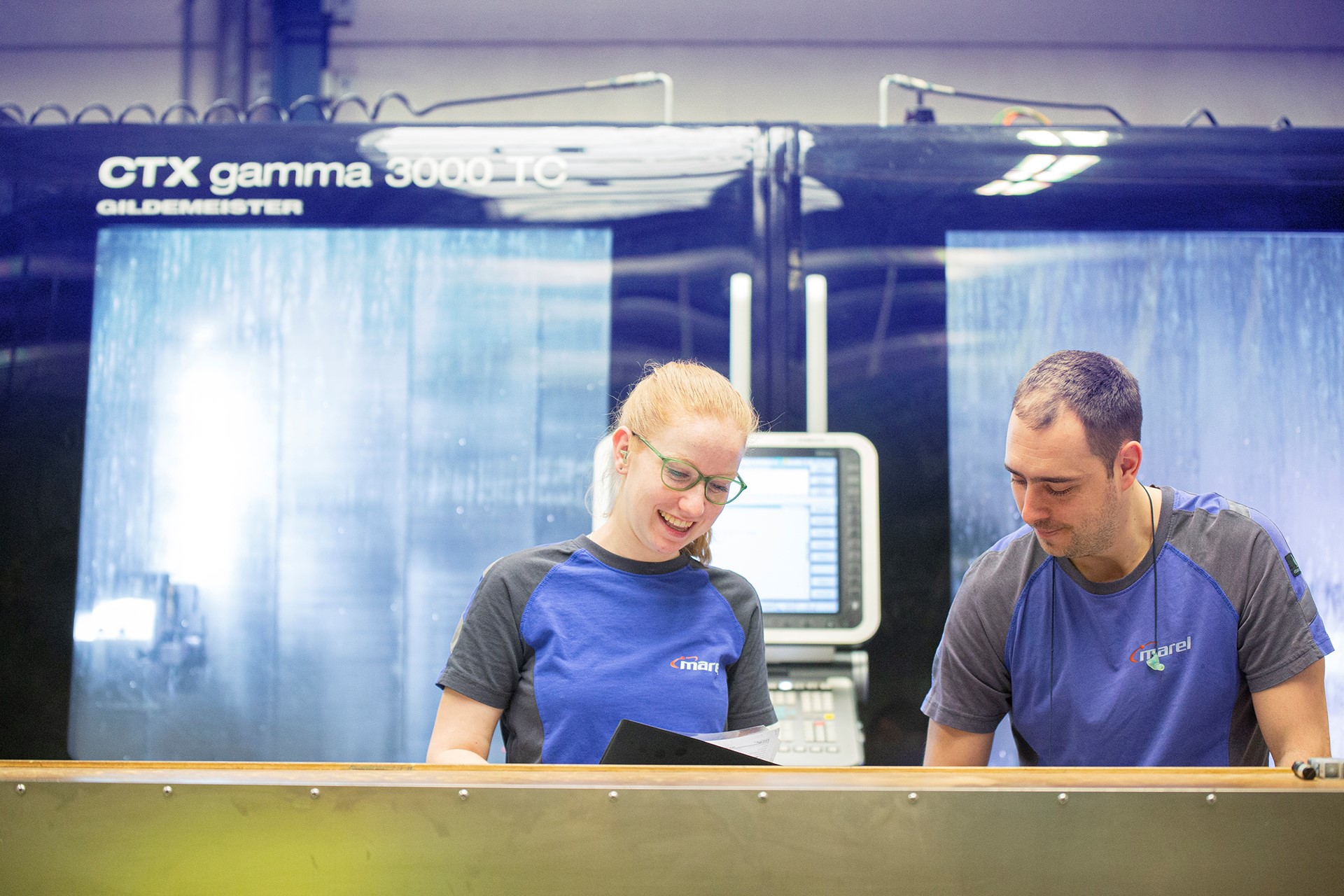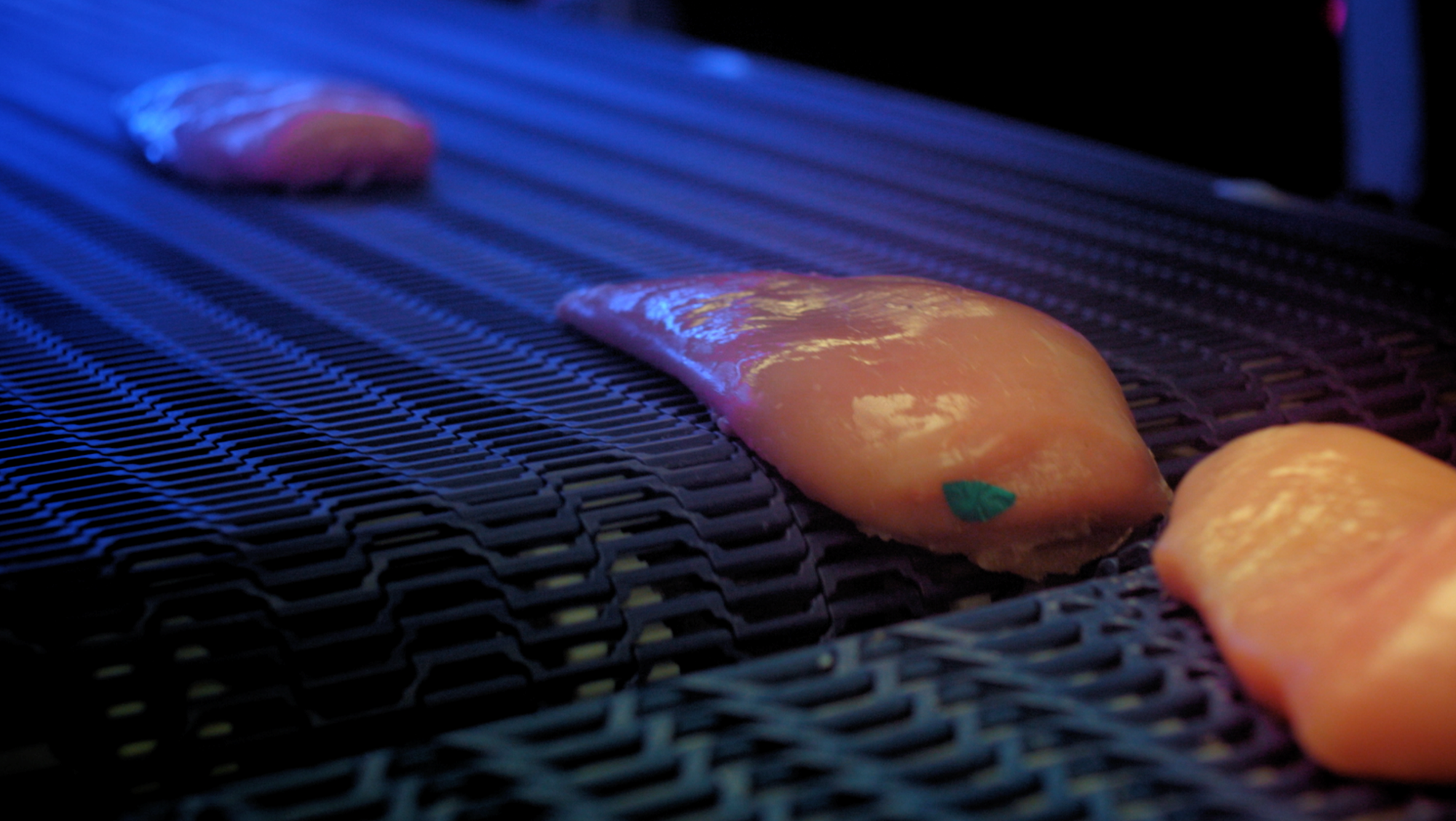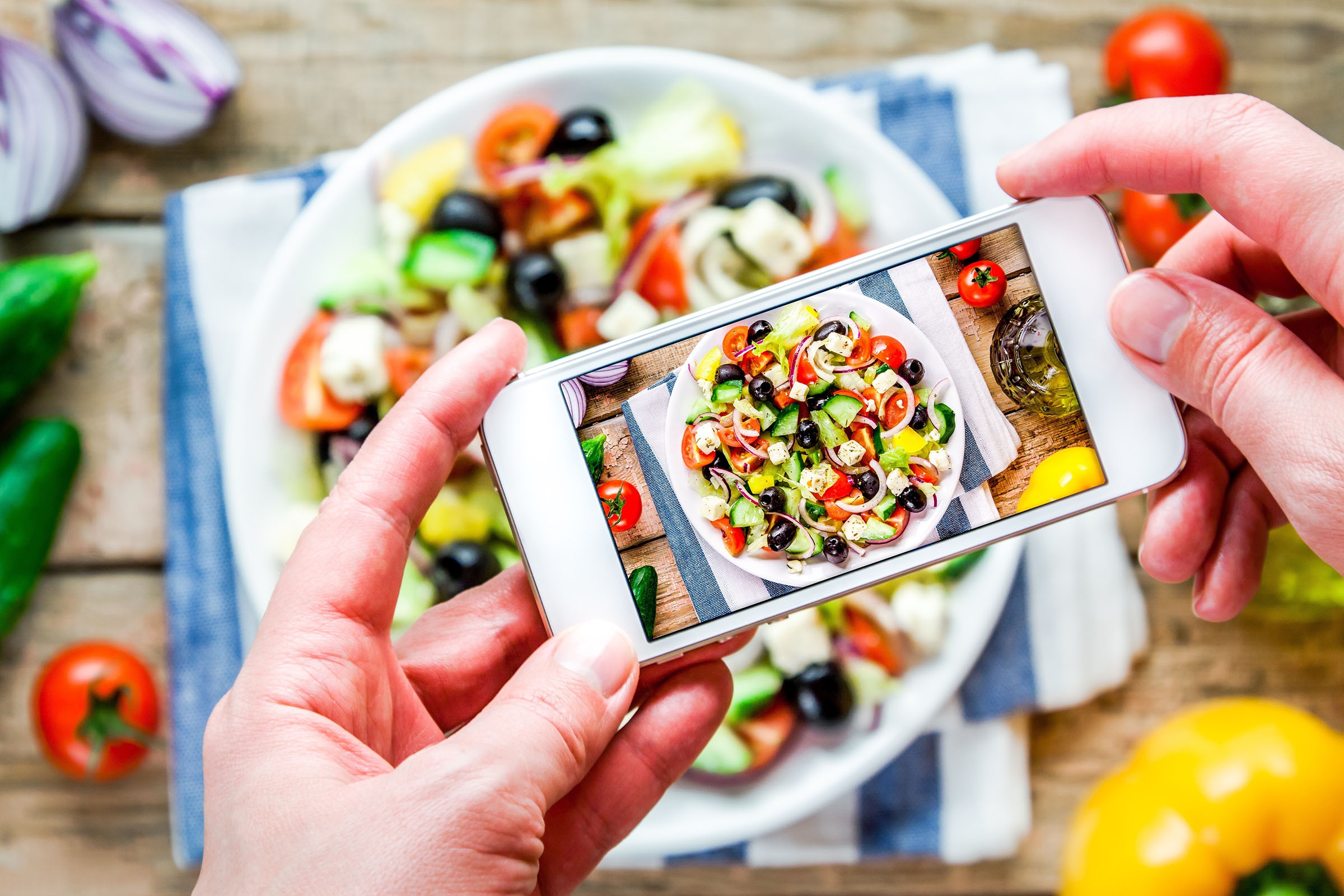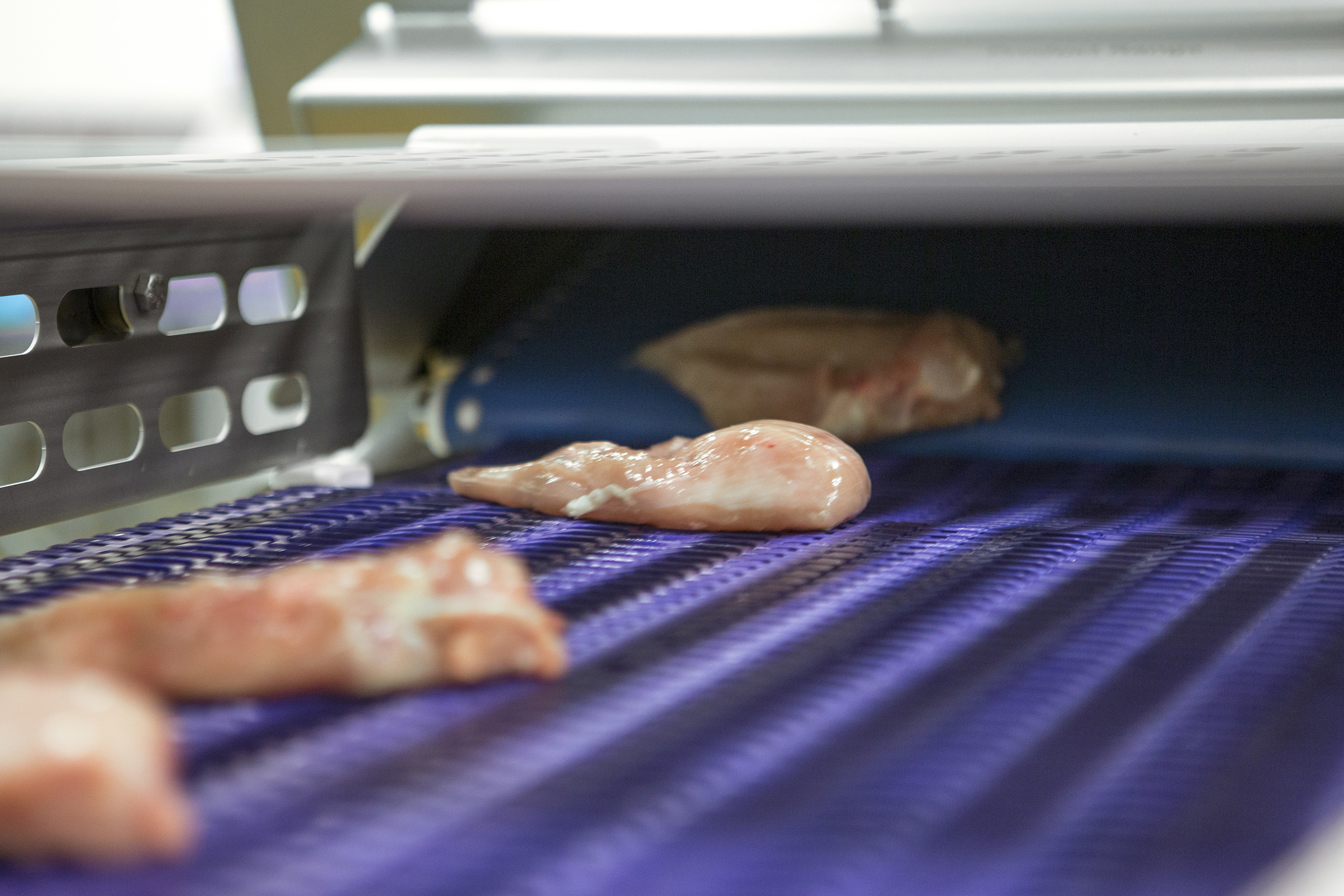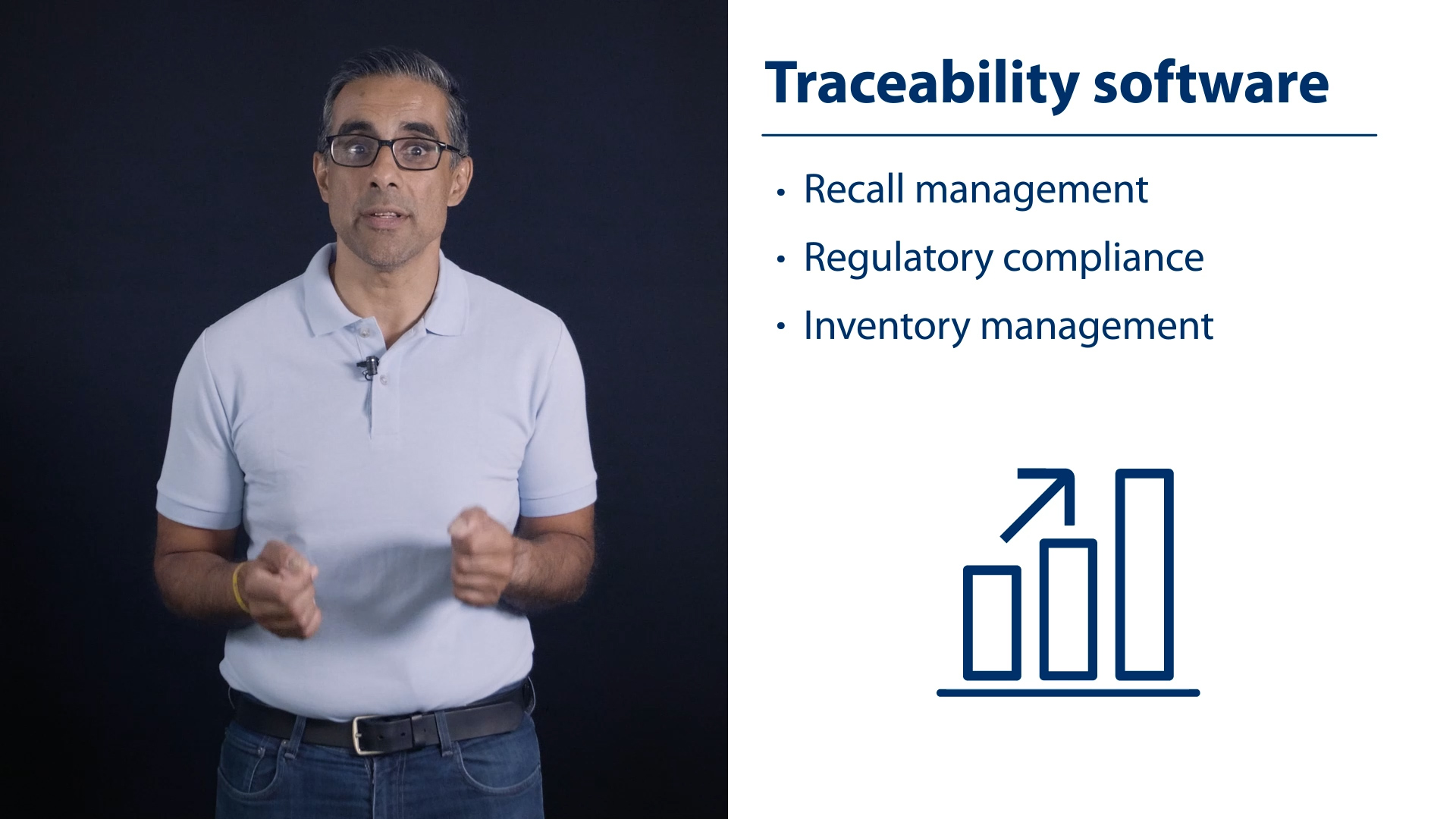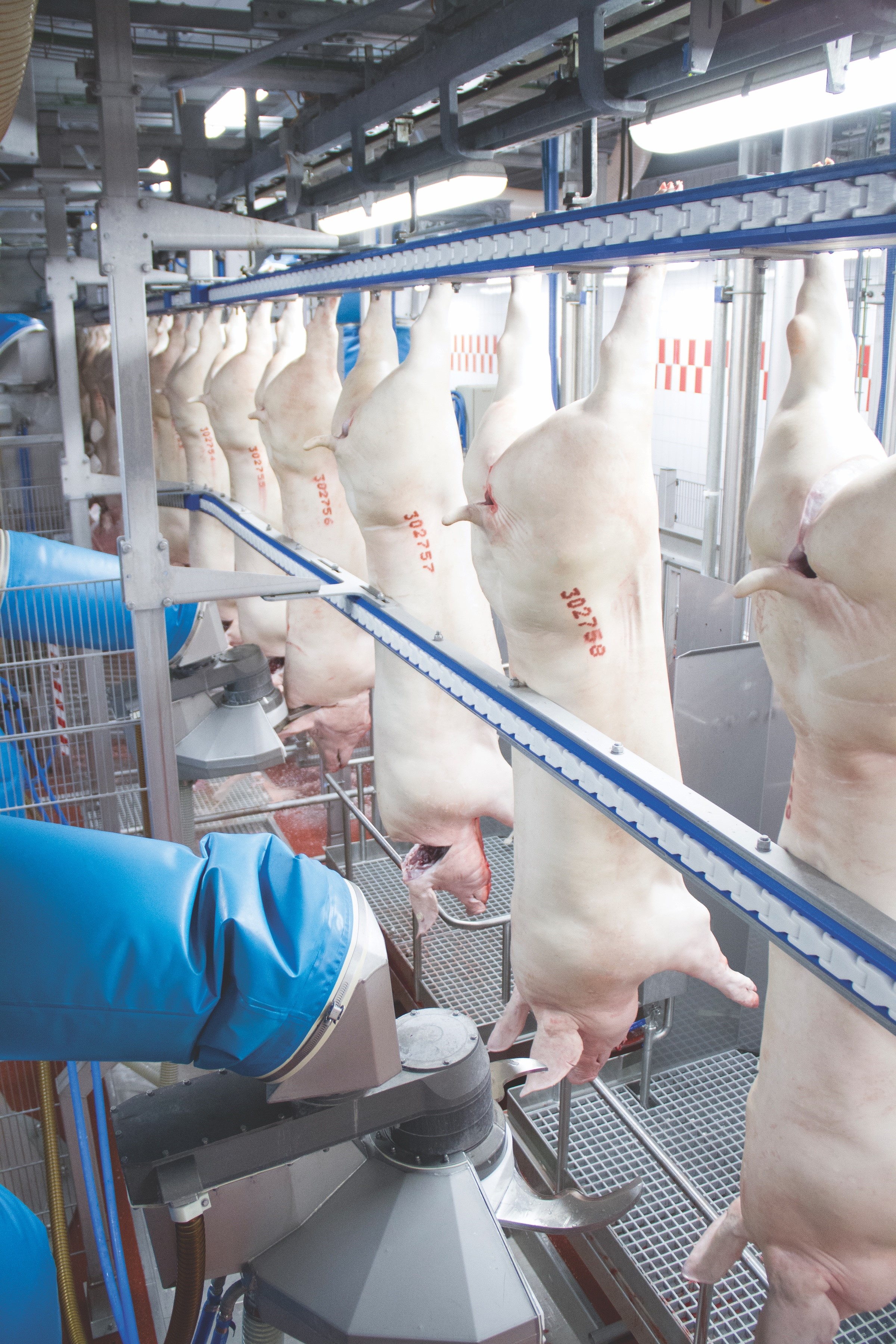The future of food safety around the world
Food contamination is not only a problem in developing countries. In the US, for example, food poisoning affects 48 million people every year, leading to 128,000 hospitalizations and 3,000 deaths. Globally, around 420,000 people die from food-borne pathogens such as salmonella and E. coli. Children under five years old account for 40% of these deaths.
These alarming statistics highlight how important it is to ensure safe, high-quality, affordable food for everyone. Food contamination is preventable, and technological advancements offer great opportunities to improve safety and sustainability in the food processing industry.
This article outlines the emerging trends, challenges, and solutions to help food producers prepare for a safer, more sustainable future.
